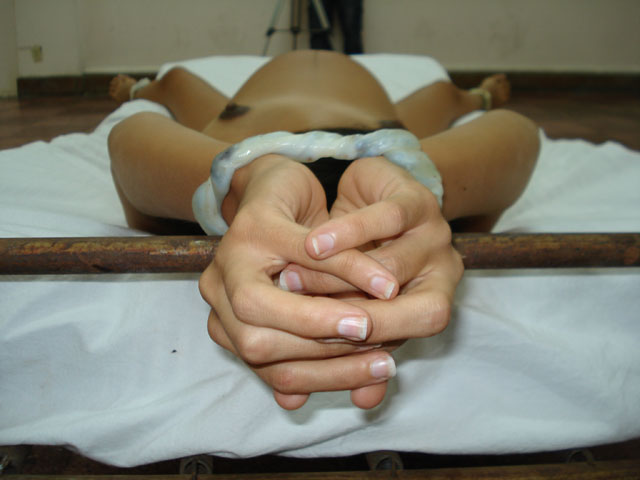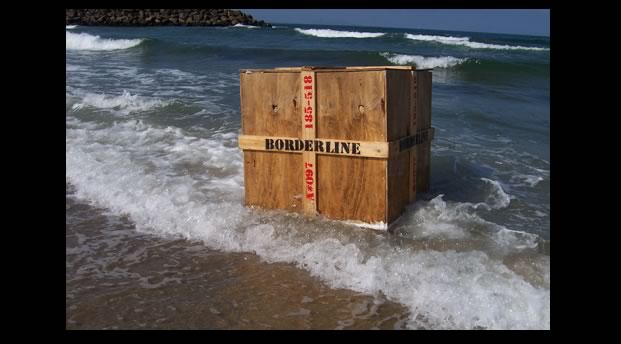“Coyotes” and borders
Gender, migration and performance
in Central America.
Regina José Galindo / Maria Adela Diaz / Ursula Biemann
Maison Populaire de Montreuil
Free admission
If Central America is today the site of a patriarchy that is now articulated to the complexity of a situation of economic globalization, within which the maquiladoras1 currently raging in Central America, play a decisive role, as well as being the matrix for new generations of artists whose performance work conceals a rare strength and intensity. By presenting the work of performers who are little-known in France, we wanted to reflect the vitality and radicalism of Latin American feminism, and the expressiveness and evocative power of its embodied resistance.
In the presence of Jules Falquet (specialist in social movements and feminist theories in Latin America)
Who can erase traces? Regina José Galindo
Poet and performer Regina José Galindo has been one of the most emblematic Guatemalan artists of her generation since the mid-90s. In her controversial performances, in which her own body is the vehicle through which she denounces political and social conflict, violence and economic injustice, she pays tribute to the dead and disappeared of the civil war of the 80s and 90s, and to the genocidal dictatorship of General Rios Montt. Her work is also a clarification of the violence done to women’s bodies in today’s world, and more specifically in Latin America, with the feminicide going on in Central America, the over-valuation of women’s virginity, their sexual exploitation and domestic violence. “I am a commonplace (…) I am the most common woman among commonplaces” writes Regina José Galindo. Carrying to the limit the affirmation that art is life, Regina José Galindo transcends the artistic dimension of her performances, which contribute poetically to alleviating, as she puts it, the collective pain of the Guatemalan people.
Video performances : ¿Quien puede borrar las huellas ? (2003, 1’50’’) / Mientras, ellos siguen libres (2007, 2’25’’) / Himenoplastia (2004, 7’) / Perra (2005, 5’20’’) / Ablucion (2007, 4’) / Limpieza social (2006, 2’)




